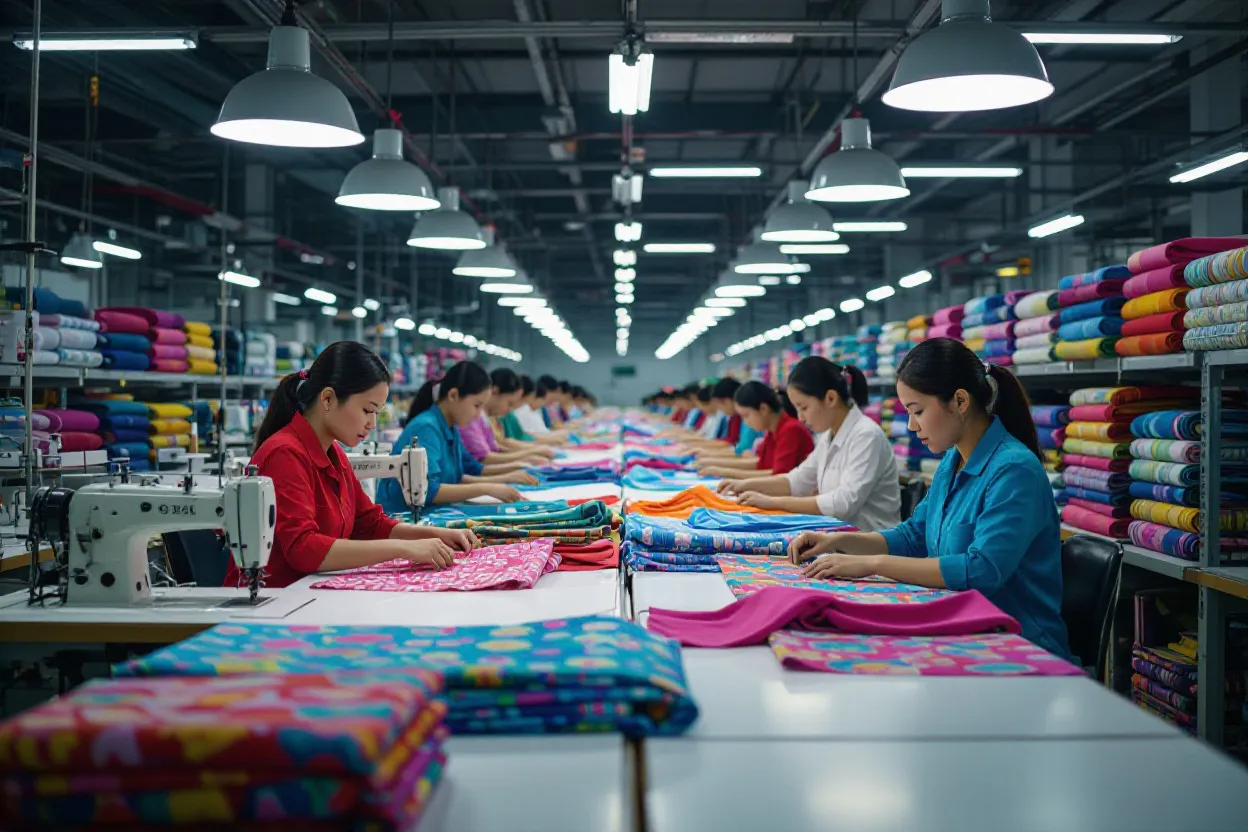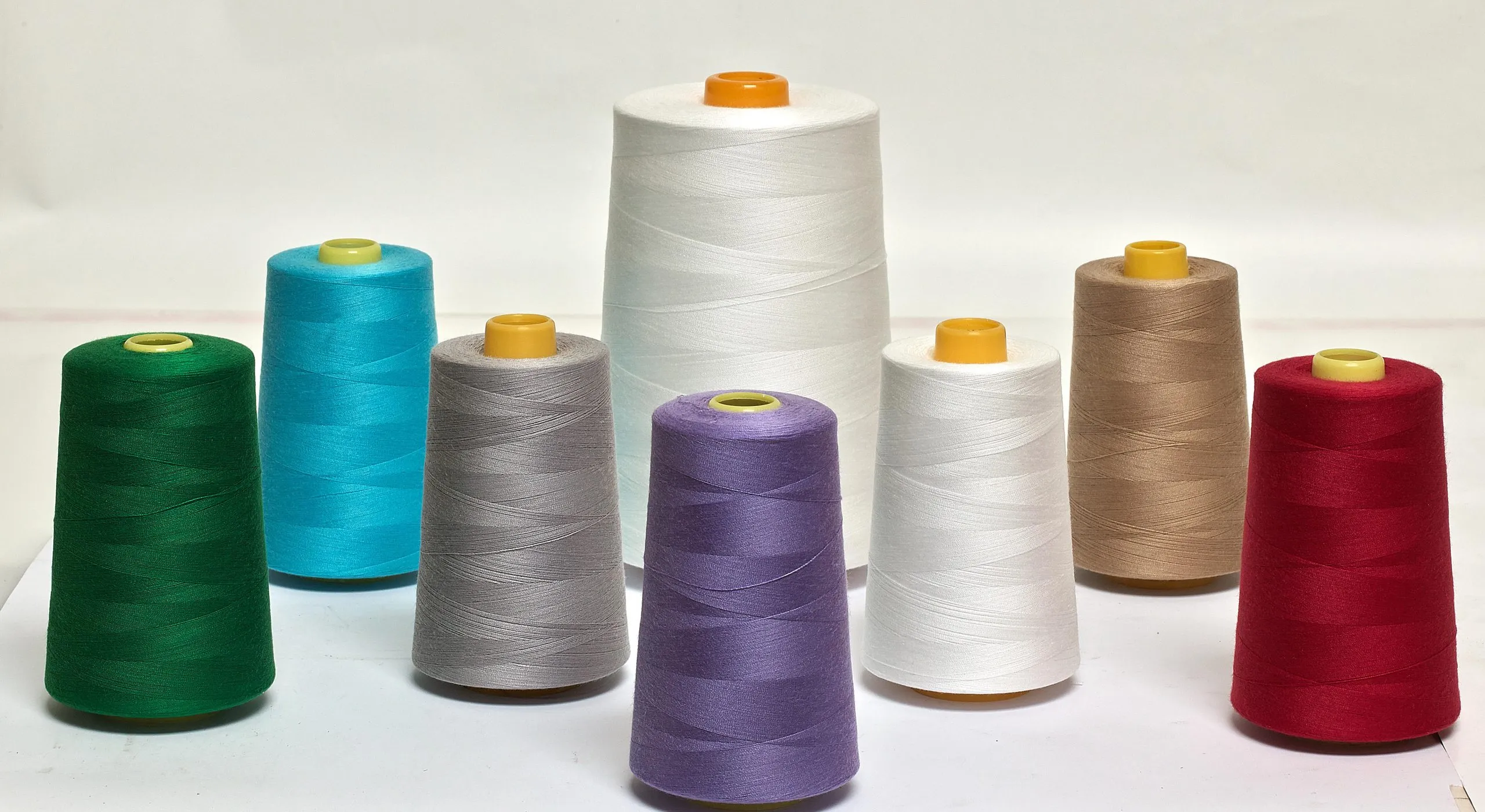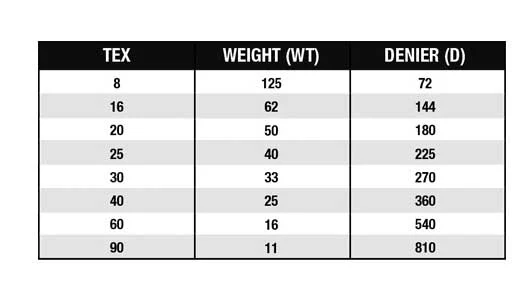
Mood matters: what you wear can change how you think, feel, and act — science calls this enclothed cognition, which explains why a tailored blazer or soft fabric can boost your posture and focus. When your clothes fit well you send a quiet message of self-respect; when textures irritate or colors clash they can cause lower comfort and energy. Dress with intention so your outfit becomes a tool for confidence and clear performance.
Why Clothes Do More Than Cover You
It may sound simple, but the clothes you wear have real power. Science calls it “enclothed cognition” — the idea that what you put on your body can change how you think, feel, and even perform. For example, when you wear a neat shirt or tailored blazer, you naturally sit up straighter, speak clearer, and behave more confidently. On the other hand, lounging in wrinkled pajamas all day can make you feel slower or less motivated. Clothing acts like a mirror that reflects the version of yourself you’re choosing to be.

The Science of Enclothed Cognition
This concept isn’t just theory. In one study, participants who wore white lab coats performed better on attention tests because they felt more professional and focused. The same idea applies to daily life:
- A gym outfit can spark energy and motivation to exercise.
- A clean, pressed shirt can make you feel ready for business.
- Cozy loungewear helps you unwind faster after a stressful day.
Your brain connects clothes with purpose. So when you dress for focus, power, or calm — your mind and body follow that cue.

How Fabrics Influence Emotion
The texture of what you wear touches your skin all day, so it naturally affects your comfort and mood.
- Soft natural fabrics like cotton, silk, or bamboo calm the nervous system and make you feel relaxed.
- Synthetic or rough materials, if too tight or scratchy, can cause mild irritation that keeps you on edge without realizing why.
- Stretch fabrics give freedom of movement, which helps you feel more at ease and confident during work or social events.
Comfort is emotional. When your body feels relaxed, your brain is free to focus and stay positive.

Fit: The Hidden Confidence Booster
Fit is one of the strongest mood shifters in fashion. Clothes that fit your shape (not too loose, not too tight) send a quiet message: “I respect myself.”
- A well-fitted dress or jacket encourages better posture and smoother movement.
- Baggy or ill-fitting clothes can make you slouch or hide, which subtly lowers self-esteem.
Feeling confident starts from being physically comfortable in your own clothes not squeezing into trends that don’t suit your body type.

The Mood of Color
Colors have an incredible emotional language:
- Blue: Calming, peaceful, trustworthy. Perfect for work meetings or stressful days.
- Red: Bold and energetic. Great when you need a confidence boost or want to stand out.
- Yellow: Cheerful and creative. Helps lift spirits on gloomy days.
- Green: Balanced and refreshing, often linked to growth and calm focus.
- Black or Gray: Grounding, serious, and empowering when you want authority.
A small change — like wearing a bright scarf or soft pastel shirt — can instantly change how you feel and how others respond to you.

Dressing for the Life You Want
Every outfit you choose tells a story about who you are or who you want to be. Dressing intentionally means aligning your clothes with your goals.
- If you want focus, choose structured, minimal pieces.
- If you want relaxation, choose breathable, cozy styles.
- If you want motivation, wear what makes you feel strong and ready — even at home.
When you dress with purpose, you’re not chasing fashion — you’re designing your mindset.
Final Thoughts / Final Words
So yes, what you wear really does affect your mood, energy, and confidence. Your clothes whisper messages to your brain about how to feel and act. The key is not to dress to impress others, but to dress in a way that helps you show up as your best self. Start tomorrow with intention: open your wardrobe and ask, “What outfit helps me feel calm, confident, and ready today?” That’s where real style begins.
FAQs Can What I Wear Really Affect My Mood or Confidence?
Can what I wear really change my mood or confidence?
Yes. Research on “enclothed cognition” shows clothing influences thought and behavior — for example, wearing a lab coat improved attention in experiments. Practical effects include sitting straighter, speaking more clearly, and feeling more purposeful when dressed neatly versus feeling sluggish in loose, worn clothes.
How does the fit of clothing affect how I feel?
Fit sends a nonverbal message to your brain and to others. Clothes that match your shape and movement (not too tight or too loose) increase physical comfort and signal self-respect, which boosts confidence and reduces distraction throughout the day.
Do fabric choices really impact emotion?
Yes. Texture and breathability affect sensory comfort; soft, breathable fabrics reduce irritation and anxiety while scratchy or restrictive materials can increase tension. Choosing fabrics that suit your activity and climate helps maintain a steady, positive mood.
Can color affect my mood or how others respond to me?
Colors carry emotional associations: bright colors can energize, pastels soothe, and deep neutrals often read as professional. Small touches like a colored scarf or shirt can shift your internal state and influence first impressions and social reactions.
What are simple outfit choices to feel more confident at work?
Opt for well-fitting, clean, and coordinated pieces that reflect the role you want to play — a neat shirt or tailored blazer often improves posture and clarity. Prioritize comfort for long hours, choose a stable color palette, and add one piece that feels personally empowering (a watch, scarf, or shoes).
Are there quick, daily tricks to boost mood through clothing?
Yes. Iron or smooth key garments, pick one item that makes you feel good, add a bright accessory, and wear shoes that support your posture. Even small changes prompt your brain to adopt the intended mindset for the day.
Are there limits to how much clothing can affect mood and confidence?
Clothing is a powerful tool but not a complete solution. It works best alongside other supports like sleep, exercise, and mindset practices; wearing an outfit that clashes with your values or causes physical pain will not boost confidence. Choose garments that align with your identity and needs so clothing amplifies real change rather than masking issues.


